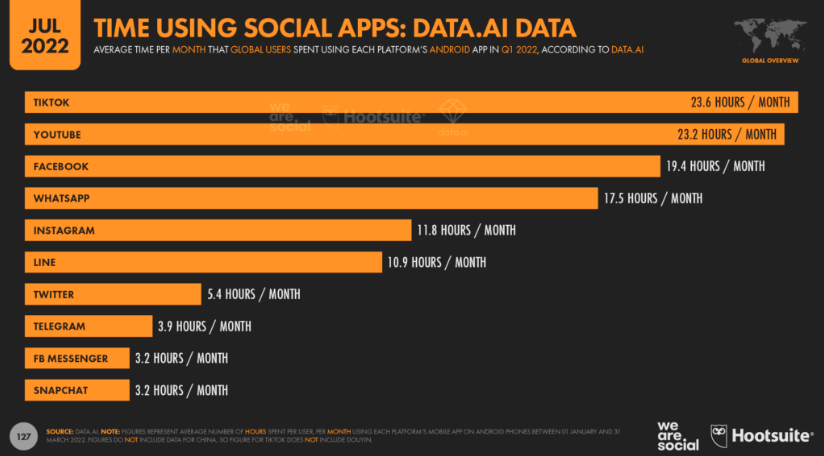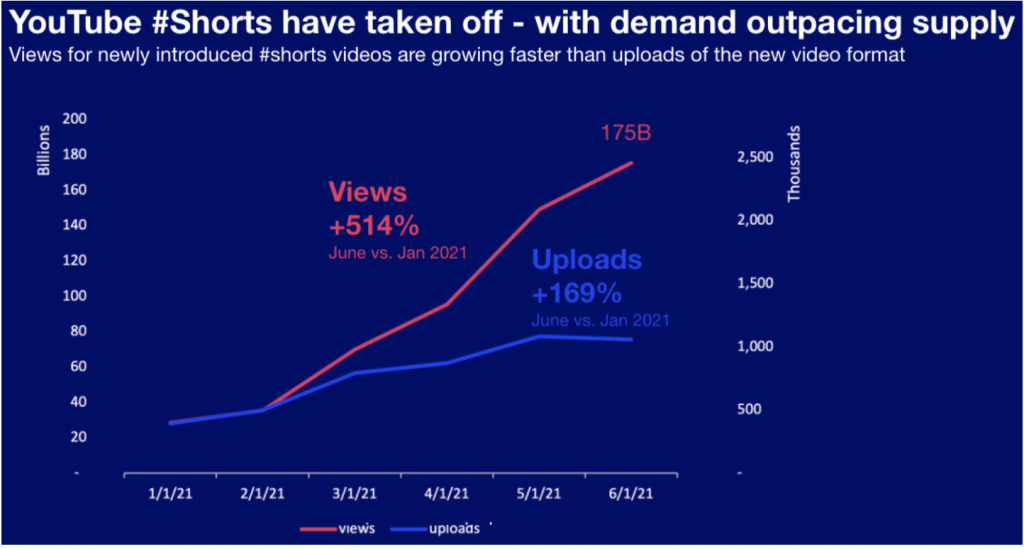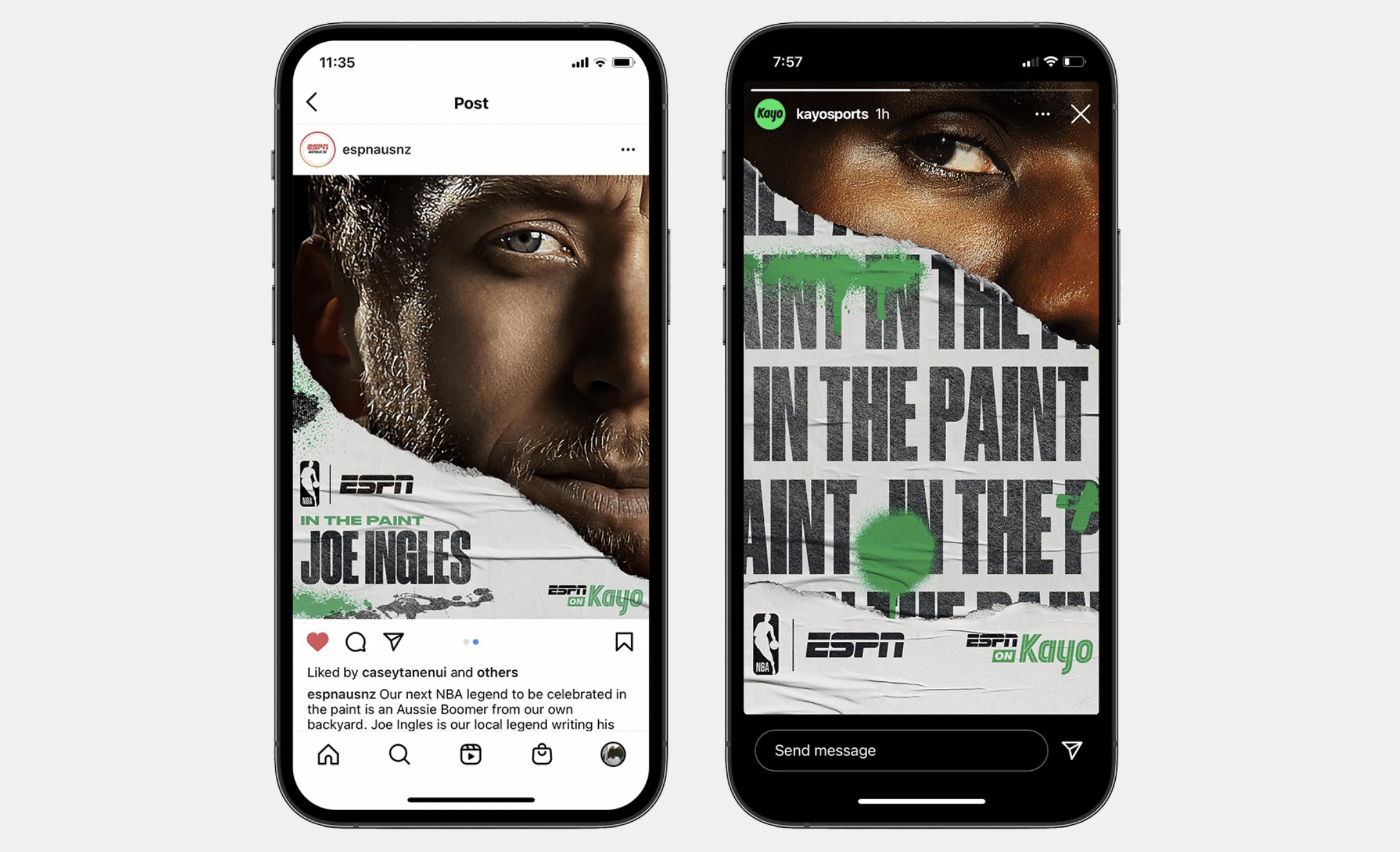Just over 2 years ago we wrote about the “Rise of Vertical Video” and how we saw it as “one of the biggest opportunities for brands” at the time. Shift forward 2 years and it's clear that the prediction has become a reality. During that time we have seen the exponential growth of Instagram Reels, in 2021 Adam Mosseri, the Head of Instagram announced a focus on video and the tripling of Reels maximum running length to 90 seconds (while ads have a maximum running length of 60 seconds) – with over 1 billion active Instagram users every month the move into vertical mobile video has been one of the driving forces behind the success. Reels has now been expanded to Facebook as well which in turn increases the views and discoverability of Reels across both platforms.
Ultimately though, Reels was a response to the growth of what was then a new-comer to the vertical video scene – TikTok. TikTok has grown rapidly and whilst we recognised 2 years ago that they were a serious competitor to the incumbent leaders in social video at the time (Facebook and YouTube) we didn’t foresee quite how big they would get. In fact, data from the recent Hootsuite / We Are Social report shows that TikTok now leads in average time per month spent in app across Android devices globally:

TikTok’s undoubted success has been driven by their AI algorithm and the ability to curate and recommend the most relevant content to keep viewers hooked and scrolling for more. In this sense, TikTok has become a quasi social media and entertainment platform in one. TikTok now has over 1 billion monthly active users itself and is projected to reach somewhere between $8bn - $12bn in ad revenue in 2022.
Not to be out-done, in late 2020 YouTube launched their own YouTube Shorts vertical video and short-from platform for videos 60 seconds and less. YouTube Shorts is already driving 1.5bn monthly views and has in our eyes the advantage over both Instagram and TikTok in that it plugs into both the creator community of YouTube and the overall Google ecosystem, particularly search. Demand for YouTube Shorts has been soaring, in April this year Google CEO, Pichai announced that YouTube Shorts, is generating 30 billion views per day, which is four times more than the same time a year earlier.

So what does all this mean for brands and advertisers? In a word, plenty. There are the obvious creative ramifications we discussed in our original article – vertical video needs to be filmed or produced with the vertical 9:16 format front of mind mind – utilising all the available pixel space to maximise engagement with a feeling that is native to viewing and platform experience. With videos across all vertical platforms primarily watched with sound-on, this means that dialogue, sound and sound design has become more important than ever and revokes many of the previous recommendations around creating for a sound-off viewing experience.
This also means that video content including people and dialogue directly to camera within the creative has become more important than ever – driven by the success of a plethora of content creators – and for advertisers this is an important consideration. We have run a number of organic and paid campaigns across Facebook, Instagram, TikTok and YouTube in which we have A/B tested different creative and we have interesting findings where for certain categories and demographics, people speaking directly to camera and engaging with audience one-to-one, have significantly out-performed all other creative.
One thing we have also been working on as an agency is optimising video creative for 95%+ or 100% video completions. This is because the video platforms are often optimised to reporting on a 3 second or up to 6 second video view and while this might be relevant for the platforms themselves to report on, this isn't necessarily a true gauge of how consumers are interacting with a brands content or ads. While there has been lots written on the demise of the average attention span there is also plenty of evidence available to confirm that if you reach the right people, at the right time with content that is relevant and of interest/engaging, they will dedicate as much time as needed. So we believe a truer reflection of campaign success is to understand and report on those higher video completion rates and optimise the creative and media strategy accordingly.
Data from numerous campaigns we have run here at Now We Collide over the last 2 years has shown that the growth in vertical video has been accompanied by much higher video viewing completion rates and the associated cost efficiencies which can be achieved and by optimising video to the vertical format, even higher engagement and efficiencies can be achieved.
So for now at least the rise of vertical video continues and is now an essential part of any digital and social media strategy and should be integrated into the channel mix accordingly.
